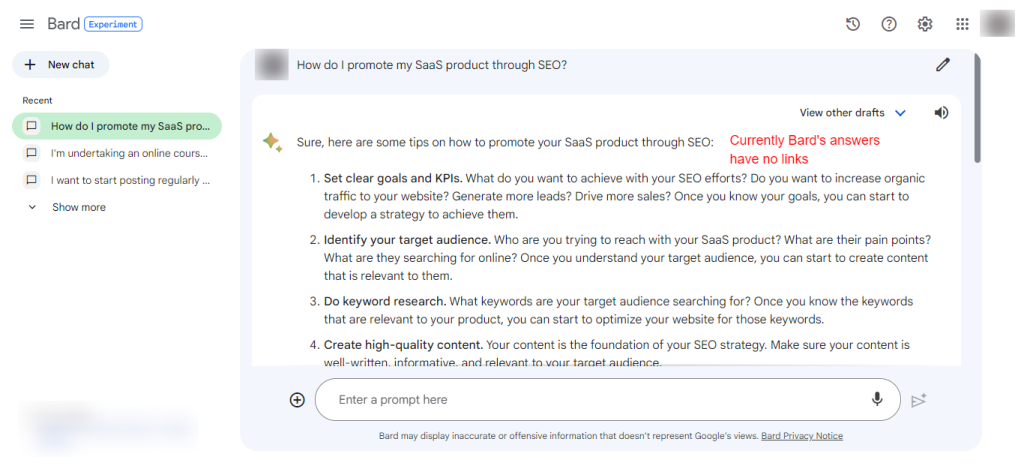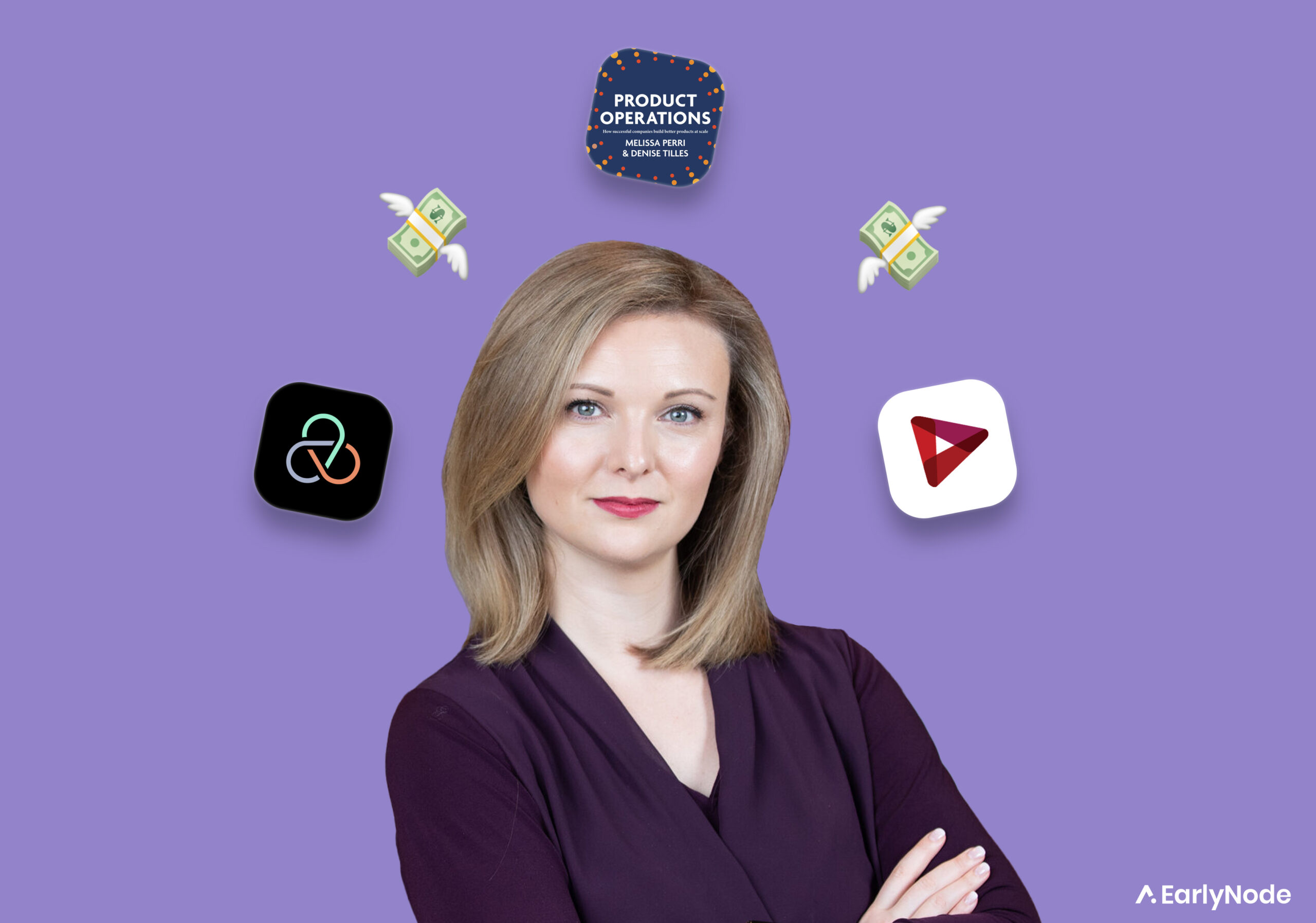Navigating SEO in the age of AI with Bernard Huang (Co-founder @ Clearscope)

Bernard Huang is the co-founder of Clearscope, a leading SEO content optimization platform that helps increase search traffic at companies like Adobe, IBM, and HubSpot.
Before that, Bernard started Mushi Labs, an SEO agency that worked with dozens of high-growth startups like Biteable and DoorDash.
This week we spent 30+ hours going through all of Bernard’s genius insights to bring you these 5 hot takes on the future of SEO.
In The SaaS Operator newsletter from 25 July 2023 you’ll learn:
- 5 hot takes on SEO for startups.
- The impact of AI on the future of organic search.
- How to produce higher-quality content in the age of AI.
AI is here to stay. In the past 6 months, AI-written content has exploded. And Google has rolled out Bard, its answer to ChatGPT. So are all your organic search leads going to vanish overnight? How will Bard impact your web traffic in the age of AI?
We’ve got the answers to those questions and more with these SEO hot takes for startups from Bernard Huang:
🔥 5 SEO hot takes for 2023
🤖 Bard may not replace traditional search
Bard is a search tool that offers a more direct means of finding answers online. Instead of providing a list of links, like Google’s Search Engine Results Page (SERP), it gives a conversational answer. That means you can find out what you need to know really quickly without having to hunt through links.

Bard is not so good at answering subjective or moral queries (like “Is it always wrong to lie?”), but Bernard expects that most people will start using Bard instead of Google when they’re looking for basic, objective information like “What is the weather like tomorrow?”.
If that happens, whole classes of queries may vanish from Google’s traditional search engine.
Does that mean your website faces a drop in traffic?
The good news is, diversifying your content will help you avoid being too dependent on those basic, objective types of queries – the “what is…” and “how to…” searches.
❗ The bad news is that Google could test another approach that combines the best parts of traditional Google search and Bard.
They could do this by curating results from multiple sources within Bard so that readers get a list of quick answers directly in the chat without having to go through pages of links. This could drastically cut down opportunities to grow website traffic, especially for new startups.
Google has no motivation to do this because its business model relies heavily on people clicking on links.
On the upside, if Google makes Bard more like traditional search by adding in links, SEO will continue to be relevant and will still be possible for websites to rank in search results in the AI world.
In other words, startups like us may not have to abandon our SEO strategy entirely (phew!).

👑 (Helpful) content stays king
We’ve all read awful articles that have all the keywords we searched for and none of the value we’re looking for. With AI, it’s gotten worse because, in its current state AI-written content is mostly just repackaged fluff.
To continue providing value to its users, Google needs to be better than that. That’s where their helpful content update comes in. This is how Google plans to screen mediocre content.
According to Bernard, the game-changer will be how well you cover a topic and include related information that isn’t yet mainstream knowledge.
When you search for a topic, Google won’t just spit out content containing related subtopics that have been mainstream for years. They’re keeping tabs on how topics are evolving with time.
So if you search for information about SEO for example, you won’t see as many results about link-building and keyword research. You’ll see more cutting-edge info relating to “Bing Search”, “AI content”, and “ChatGPT”.
Lesson: Create fresh content that stays ahead of the curve.
🔗 Double down on link building
64% of B2B businesses use link building in their content marketing strategy. Those businesses report a 45% higher success rate in their overall content strategy than those that don’t. For best results, prioritize both internal linking and external link-building strategies.
💡 Pro-tip: Focus on building links passively, aka, acquiring links naturally without manual outreach. For example, writing high-quality, linkable, and interactive content.
📲 Interactive content is getting hotter
Interactive content refers to any type of content that requires viewers to actively interact with your brand. That means getting them to click, scroll, or answer questions. You can try throwing in a quiz, poll, or calculator.
It’s a good way to differentiate your content, increase traffic, and build backlinks. Plus, it’s a much harder strategy for a competitor to replicate.
🎬 Be intentional with video content
Don’t do video just for the sake of doing video. Some topics perform well as videos for B2B users. Others don’t. Look at the type of content shown in search results to help you decide what form your content should take.
For example, if you want to create content for email marketing, check the SERPs. If there’s a video snippet for it, it’s a clue that people probably want to consume that topic in video format.
The key is to dive deep into what your audience is really looking for and then whip up content that’s their perfect match.
Who should we cover next? If you have a SaaS expert in mind, let us know by sending us an email at saas@earlynode.com.




